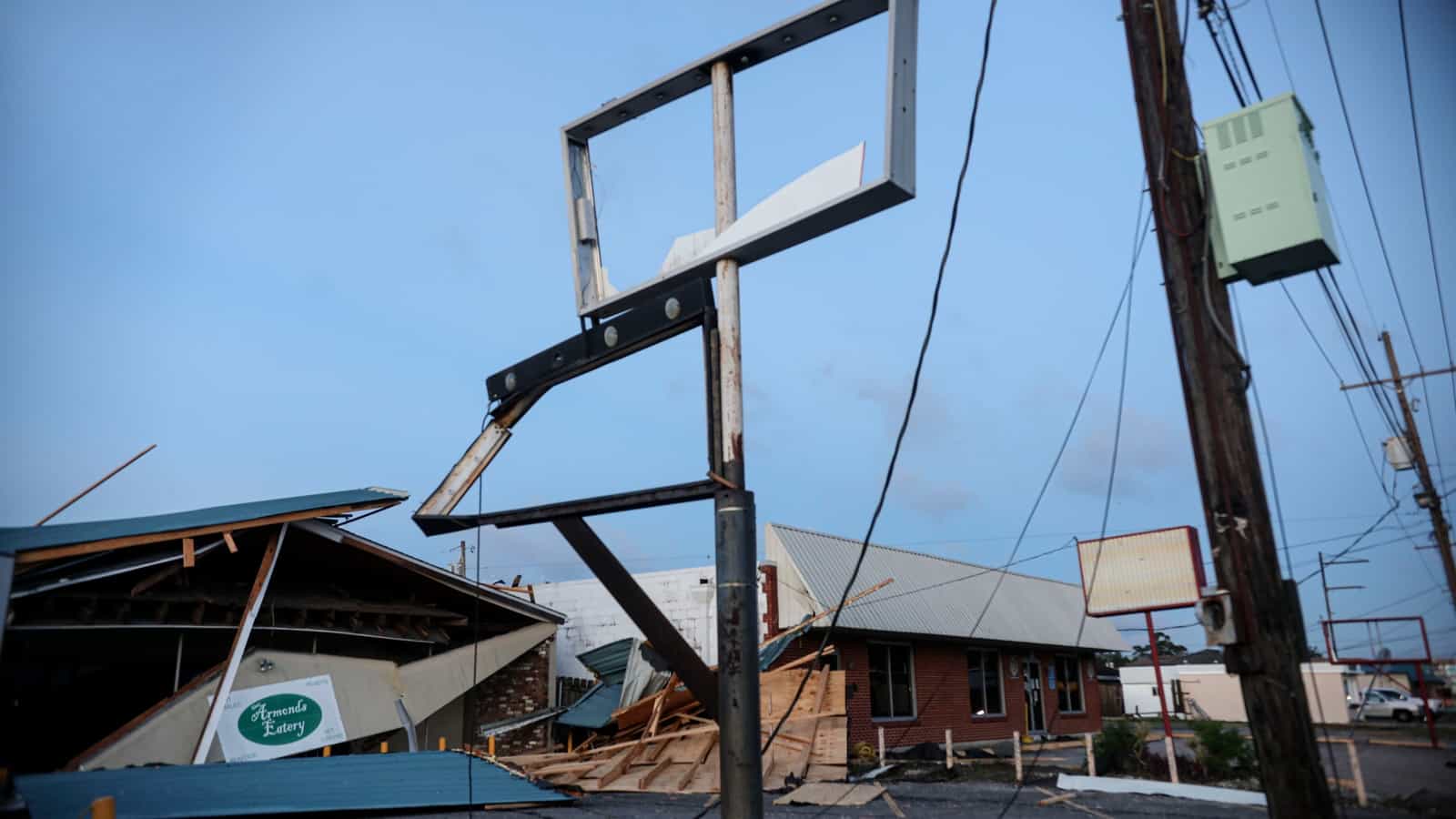How Manufacturers Can Prepare for Hurricanes

In any other year, a hurricane might be the worst catastrophe facing a manufacturer. And though all bets are off in 2020, hurricanes are still a major hazard. So how can leaders protect their operations and help their employees stay safe?
The National Association of Manufacturers’ Emergency Response Committee hosted a webinar recently to answer these important questions. It featured speakers from SBP, which works on the ground to support preparedness and resiliency; Kirby Corporation, a tank barge operator based in Texas; and Good360, a leader in philanthropy and purposeful giving. Here is some of their advice.
For workers: SBP Community Engagement Manager Amanda Gallina laid out important steps that individuals can take—and that companies can promote to their employees. These include:
- Collecting hazard and emergency information from local and national sources like news and weather apps, NOAA Weather Radio and the Red Cross Emergency app.
- Making a household emergency plan, which should include stockpiling supplies, establishing communication methods and emergency contact numbers, and creating an evacuation and sheltering plan.
- Identifying and protecting important documents by storing them in a fire- and water-proof box, while giving extra copies to a trusted attorney or friend. You can also use secure online cloud storage as another backup.
- Getting the right insurance by identifying any gaps in coverage and asking your agent the right questions.
- Protecting your property by taking a home inventory of your possessions using tools like myHOME, UPHelp Home Inventory and Sortly. You can also make proactive improvements to your home, such as flood protections and green infrastructure, using tools like the FEMA Property Protection Toolkit or dontgoof.org.
For businesses: Kirby Corporation Vice President of Public and Government Affairs Matt Woodruff shared what his company learned while mobilizing for Hurricane Sally in New Orleans. Here are his recommendations for other companies:
- Make sure new employees understand the hurricane plan well ahead of hurricane season.
- Create a checklist of duties for that must be performed, starting with the first day of hurricane season.
- Set up remote work sites for affected areas and employees.
- Provide support to the families of employees who live in affected areas to ensure their safety.
Woodruff also provided recommendations specific to his industry, including:
- Create vessel and facility inspection and response teams that can be repurposed to support affected families after a hurricane or other disaster.
“A lot of what you heard about preparing for your home is also what you do to prepared for your company,” said Woodruff. “You need to have a plan. That plan needs to be written, communicated, understood and exercised. And you need to be prepared to implement that plan early.”
Helping others: There are also plenty of ways for manufacturers to support people and companies after a disaster. Good360 Vice President of Disaster Recovery and Philanthropy Jim Alvey discussed how his organization partners with socially responsible companies, sourcing much-needed goods and distributing them through a network of diverse nonprofits.
“The goal for Good360 with the NAM members is to make it easy to donate products,” said Alvey. “And I’m talking about year-round—not just in a knee-jerk reaction to disasters. . . . If you have product in your warehouses taking up space, or you’re paying for disposal, Good360 can turn it into products that can help the community.”
The current mission? Getting large quantities (15,000 -20,000) of cleaning products—including buckets, cleaning supplies, cleaning tools and garbage bags—to aid the Hurricanes Laura and Delta recovery efforts in Louisiana. You can contact at Alvey at [email protected] to help.
Watch a recording of the webinar here. To contact the NAM’s emergency response committee or be put on its mailing list, email [email protected]
